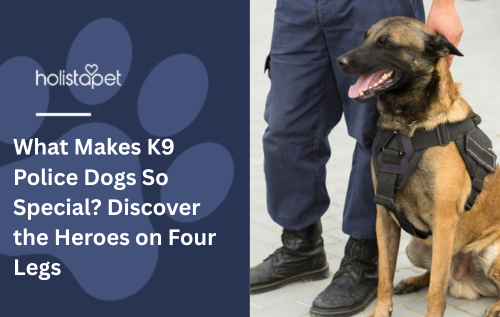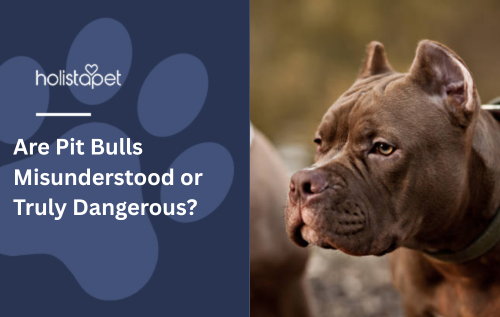K9 police dogs are more than just furry companions—they are highly trained, intelligent, and courageous members of law enforcement. These canine heroes play crucial roles in everything from detecting drugs and explosives to finding missing persons and apprehending suspects. But what makes them so effective and irreplaceable in police work?
In this post, we’ll dive into the incredible world of K9 police dogs, their training, tasks, and why they are truly invaluable to public safety.
 The Vital Roles K9 Police Dogs Play
The Vital Roles K9 Police Dogs Play
K9 units assist police departments in ways no machine or human can fully replicate:
-
🔍 Scent Detection: Their sense of smell is 40–50 times stronger than humans, perfect for detecting narcotics, explosives, and even electronic devices.
-
👮 Suspect Apprehension: Trained to chase and detain suspects with control and precision.
-
🧠 Search and Rescue: Often deployed in natural disasters or missing person cases.
-
🛡️ Officer Protection: These dogs are loyal partners trained to shield their handlers from threats.
Breeds Commonly Used in Police Work
While any dog with the right temperament and drive can be considered, a few breeds dominate the K9 scene:
-
German Shepherds: Intelligent, obedient, and fearless.
-
Belgian Malinois: Agile and intensely driven, perfect for tactical missions.
-
Labrador Retrievers: Excellent scent detectors, especially for drug and bomb detection.
-
Bloodhounds: Specialists in tracking over long distances.
The Intense Training of K9 Units
K9 dogs undergo rigorous training programs, typically lasting 3–6 months or longer depending on their specialty. Training includes:
-
Obedience and handler bonding
-
Agility and endurance exercises
-
Scent detection drills
-
Tactical deployment simulations
Handlers also receive extensive instruction, fostering a deep bond built on mutual trust and communication.
 Frequently Asked Questions
Frequently Asked Questions
🦴 Q: Are K9 police dogs aggressive?
A: Not by default. K9s are trained to follow commands and only show aggression when instructed. Off-duty, many are friendly and even live with their handlers as pets.
🦴 Q: How long does a K9 dog work in the force?
A: On average, a K9 serves for 6 to 9 years before retirement, often living the rest of their life as a beloved family pet.
🦴 Q: Can you adopt retired K9 police dogs?
A: Yes, many departments offer retired dogs for adoption, typically prioritizing their handlers or families experienced with working dogs.
🦴 Q: What happens if a K9 police dog is injured in the line of duty?
A: They receive immediate veterinary care. Many cities and organizations cover their medical expenses, recognizing them as official officers.
Final Thoughts
K9 police dogs are an irreplaceable part of law enforcement. Their loyalty, skill, and bravery not only help solve crimes but also save lives. As society continues to rely on technology, these intelligent dogs remind us that sometimes, nature’s gifts—like a powerful nose and unwavering loyalty—are still the best tools we have.
Helpful Notes
-
🐕 The term "K9" is a homophone of “canine,” derived from the Latin word “canis.”
-
💡 K9 units exist in almost every country and are often used for border patrol, airport security, and military missions.
-
🎖 Many K9s receive awards and honors for their bravery in the line of duty.


 CBD Oil for Dogs - Fast Acting
CBD Oil for Dogs - Fast Acting
 Chicken Flavored CBD Oil For Dogs - Easy Dose
Chicken Flavored CBD Oil For Dogs - Easy Dose
 Salmon Flavored CBD Oil For Dogs - Highly Rated
Salmon Flavored CBD Oil For Dogs - Highly Rated
 CBG Oil for Dogs and Cats - Loved by Thousands
CBG Oil for Dogs and Cats - Loved by Thousands





Leave a comment
All comments are moderated before being published.
This site is protected by hCaptcha and the hCaptcha Privacy Policy and Terms of Service apply.